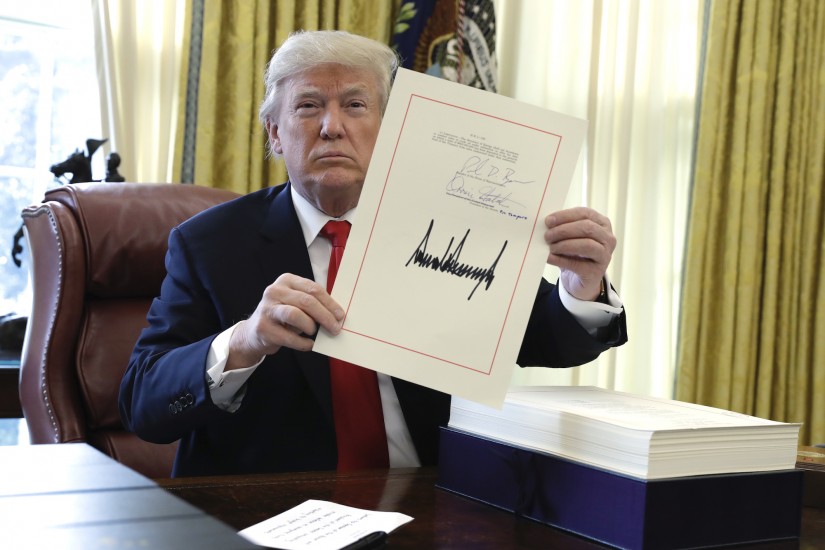The signature case of economics as an accessory to terror is Augusto Pinochet’s Chile. Milton Friedman, Friedrich Hayek, and James M. Buchanan all traveled to the country after the 1973 coup against the democratically elected Salvador Allende. Even if scholarly opinions vary wildly about the influence of these meetings, the Pinochet moment has become a set piece in books criticizing the role of economists in public life, including David Harvey’s A Brief History of Neoliberalism (2005), Naomi Klein’s The Shock Doctrine (2007), and Nancy MacLean’s Democracy in Chains (2017). We have read time and again how los Chicago Boys were emissaries from the Global North, sent to destroy social democracy and the power of the working class. The combination of authoritarianism and privatization was brought back north in the 1980s and 1990s, ushering in an era of austerity, debt, and dog-eat-dog economic Darwinism. Law professor James Kwak calls the new religion “economism”—“the premise that people, companies, and markets behave according to the abstract, two-dimensional illustrations of an Economics 101 textbook.” What united left and right, we are told, from Reagan and Thatcher to Clinton and New Labour, was the reduction of humans to human capital—bundles of skills and assets crunched and maximized, backs bent on productivity curves. We are all Excel spreadsheet cells now.
A straightforward and vivid version of this argument comes from New York Times writer Binyamin Appelbaum in The Economists’ Hour. Appelbaum follows closely the research done in the last quarter century on neoliberalism, although he never uses the word. His cast of characters mostly come from the University of Chicago, including a quartet of Nobel Memorial Prize winners—Friedman, Gary Becker, George Stigler, and Eugene Fama—supply-side economics guru Arthur Laffer, law and economics founder Henry Manne, and central bankers Arthur Burns, Paul Volcker, and Alan Greenspan. Friedman dominates. His name appears in the book over 500 times.
These men are mostly familiar, as are the policies they enacted: the dramatic rise in interest rates at the end of Jimmy Carter’s administration paired with massive tax cuts at the beginning of Reagan’s, deregulation and union-breaking in airlines and air-traffic control, cost-benefit analysis putting a price on human life, the rise of derivative markets and subprime mortgages. Appelbaum is an able storyteller, and he does a valuable service by covering all of these issues in a single volume. He offers a striking arc from the marginality of economists in state service in the 1930s to their centrality by the 1980s, underwriting high-stakes decisions that reverberate across people’s lives as workers and consumers.
